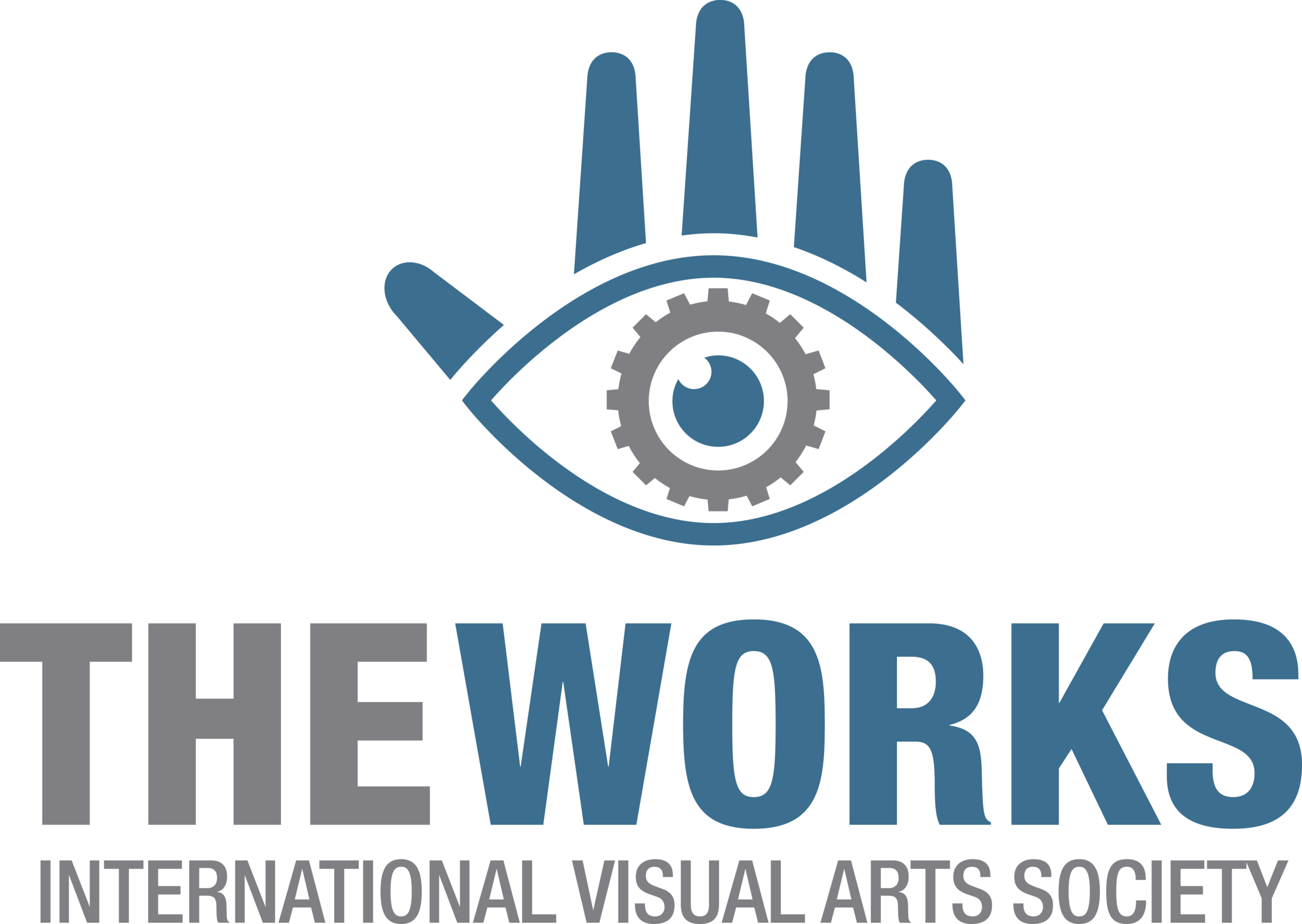By: Heather Savard, Volunteer Administration Assistant.

I never knew the Works Art and Design Festival existed before applying to its internship program. Then, on my first day of work I missed the house completely. I walked willfully past its location on 106a Ave, and I reached 107 Ave confused. Squinting at Google maps, I executed a swift pivot, hoping the house would appear on my second pass. Thankfully it did, and seeing the steel sculptures out front the red and yellow building confirmed it.This is to say that both the internship and its location surprised me, and my placement as Volunteer Assistant continues to reveal the unexpected.
For instance, I did not expect a local restaurant owner to want to donate to an Art and Design Festival because he had previously trained as an opera singer, and I was delighted to hear about a volunteer’s experience taking silversmithing classes. These moments of discovery have become a favourite part of my job. I am constantly surprised with how people interact and want to be involved in art. My preconceived expectations are being challenged and rebuilt.
On that note, we hosted a volunteer recruitment barbecue at The Works on Wednesday evening. The afternoon was spent putting up streamers, balloons, tents and hoping the weather would cooperate. The wind kept loosening the tape we used to anchor the streamers, and a couple trips up the ladder were made to secure them. We also had a painting activity set up in the corner, and I had seen one of the images to be painted, which was clearly was a cassette tape: a rectangle with twin center circles and lines depicting the classic grooves. At the end of evening, I saw a volunteer painting that image and firmly connected it to a set of piano keys, collaged alongside a speaker. When I realized it was the same image that I had been convinced was a cassette tape, it transformed before my eyes. As the festival unfolds and we only get busier, I am pretty sure it’s not the last time I will expect cassette tapes and end up with pianos.

_____
About the author: Heather Savard is an interdisciplinary artist based in Edmonton. She first attended the University of Alberta where she completed a Bachelor of Science in Kinesiology in 2016. She then moved to Halifax, where from the Nova Scotia College of Art and Design, she obtained a Bachelor of Fine Arts in Interdisciplinary Studies. During her time at NSCAD, she was nominated for the International Sculpture Center Outstanding Student Achievement in Contemporary Sculpture Award in 2018 and her work Family Portrait, is currently on display at the Halifax Stanfield International Airport.





